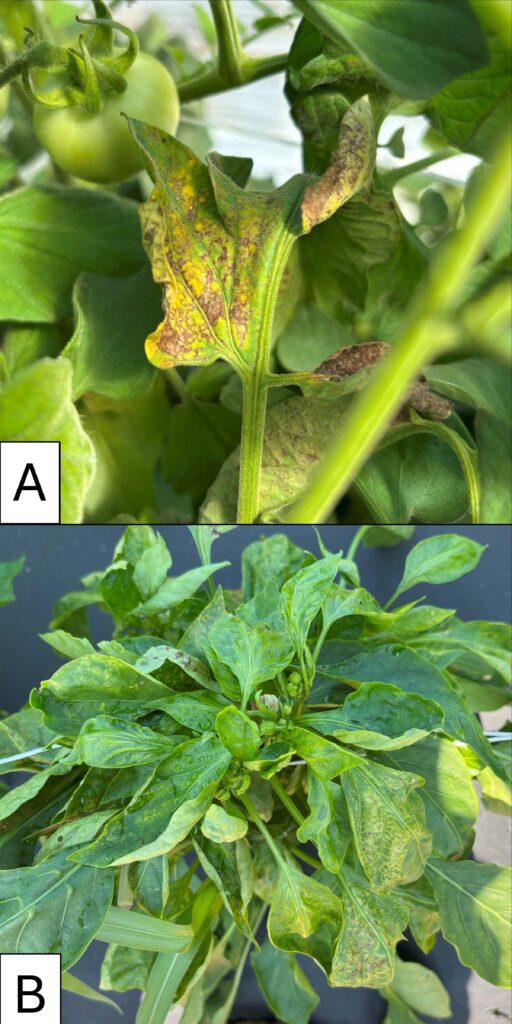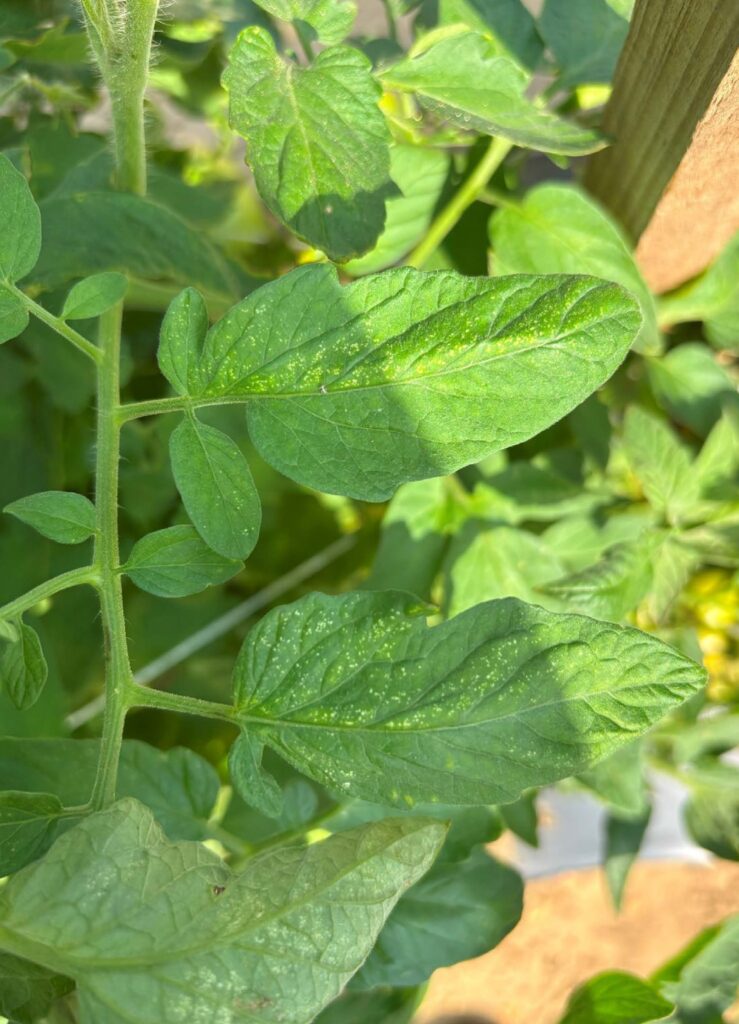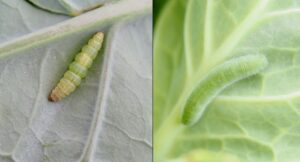Phomopsis blight is caused by the fungal pathogen, Phomopsis vexans. It survives between seasons in the soil on infested plant debris. Although the pathogen can infect stems and older leaves, fruit infections are most prominent. Cankers that develop on stems and branches can cause the entire plant to collapse and die. Circular, grayish spots may develop on infected leaves. On fruit, the pathogen causes brownish-black spots that can quickly enlarge causing flat spots that can produce black pycnidia (e.g., fruiting bodies) that produce masses of conidia (spores) which are rain dispersed onto healthy plants and fruit. Phomopsis blight is favored by hot, wet weather (85 – 90 F). Spores germinate in free water on leaves and fruit causing infections. The pathogen can survive on solanaceous weeds such as nightshade, so good weed control is necessary. Crop rotations of 3 to 4 years are recommended. If possible, infected fruit should be harvested and removed from the field to help reduce to inoculum and the spread of the disease. Fields should be scouted on a regular basis, especially fields with a history of Phomopsis blight. Fungicide applications include Quadris Top (difenoconazole + azoxystrobin, 7 +11) or Priaxor (fluxapyroxad + pyraclostrobin, 7 +11) rotated with chlorothalonil every 7 to 10 days. For more information please see the 2024/2025 Mid-Atlantic Commercial Vegetable Production Recommendations Guide.





